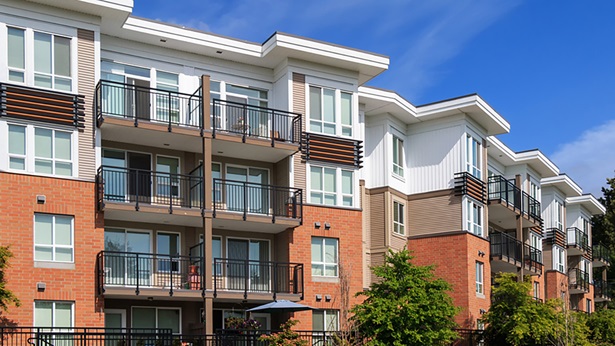Gardner House and Allen Family Center
WINNER: Best Supportive Services at an Affordable Apartment Community
Nominated by: Runberg Architecture Group
Location: Seattle, Oregon
Developer: Mercy Housing Development
Architect: Runberg Architecture Group
General Contractor: Walsh Construction
Interior Designer: Runberg Architecture Group
Photographer: Shot2Sell
Project Website: Gardner House and Allen Family Center
Project Statement
Gardner House and Allen Family Center breaks the mold for how housing and services are offered to low-income families and families experiencing homelessness. The project is an innovative public-private partnership between the Paul G. Allen Family Foundation, city of Seattle, Mercy Housing Northwest and private funders to create a one-stop hub for families and the community. On the ground floor, the Allen Family Center integrates education, employment resources, childcare and social services through several in-house service providers: Mercy Housing Northwest, ReWA, Child Care Resources and Mary’s Place. The residential portion of the project, Gardner House, includes 95 one-, two- and three-bedroom units of permanently affordable and supportive housing. Inspired by the glacial carving action that formed the neighborhood, an elevated courtyard is carved out of the building mass to relieve traffic noise, and to bring light and air into the courtyard. On the upper floors, the skin of the building is characterized by a grid of staggered windows surrounded by lively accents. The ground floor features a vertical grid of colorful bars that wrap around the building, bringing the large structure down to pedestrian scale. Recesses at the ground level highlight the building’s primary entrances. It was important to both the design and development teams that the building, and in turn its residents, feel connected to the neighborhood and city at large. The transit-oriented development is one block from a light-rail station and is tucked between two major arterials, ensuring residents are easily connected, and don’t feel they need to make a large investment into a vehicle. From the road and the train, passersby can see the building’s bright, seven-story floral mural painted by Kenji Stoll. The artwork embeds the project into a culturally rich neighborhood and adds street appeal that utilizes the project’s scale to serve as a new orientation point.











